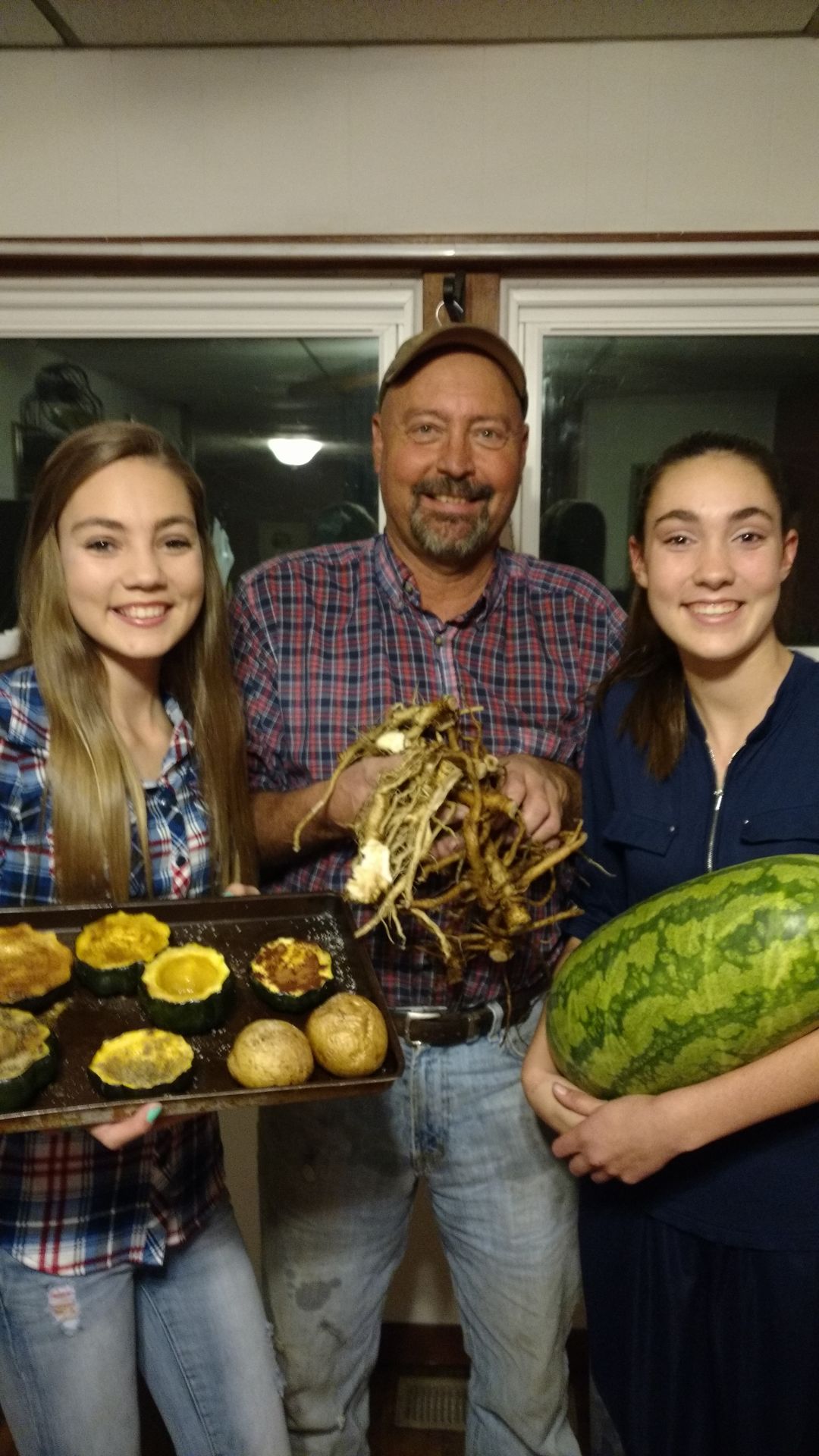Pretty Prairie rancher sticks to 5 key principles of soil health

Darrin Unruh has yet to take a shovel and dig deep into his pastures to test the health of his soils.
But what is going on underneath his feet isn’t a mystery.
The Pretty Prairie, Kansas, rancher can see the transformation daily when he steps out of his pickup onto his land along the banks of the North Fork of the Ninnescah River. The lush grassland carpet is flourishing with big and little bluestem. Wildflowers are abundant, along with Indian, switchgrass and eastern gamma.
“It is just unbelievable the response we are getting,” Unruh said.
Yet the return of the native grasses didn’t happen overnight. Unruh, who runs his cattle operation with his brother, Stacy, has been working for more than a decade to restore the land back to its natural state—the mixed-grass prairie that dominated this area of Reno County before his ancestors arrived four generations ago.
Unruh has come full circle since his younger days running a 4010 John Deere tractor pulling a 4-bottom plow. The brothers manage about 800 acres, which includes some alfalfa. They run a cow/calf operation on the rest using a flex-grazing approach to improve soil health, incorporating native grasses and cool-season perennials, plus a diversity of cover crops.
Today, the prairie is thriving.
“You are always learning something new and moving forward,” Unruh said. “And we are seeing that it is working.”
Creating a healthy environment
Unruh’s land is part of a 633,500-acre Cheney Lake Watershed—a nonprofit organization that aids landowners in Reno and surrounding counties to establish best management practices. These practices work to improve the quality of water that flows from the Ninnescah into Cheney Reservoir—the primary drinking-water source for the city of Wichita.
Unruh was just one of many farmers who began working to make changes. Undesirables such as silver bluestem had overtaken his pastures. The land lacked plant diversity. There was degradation of ponds and the river from livestock entering the water.
Unruh recalled a pivot point in his soil health journey when one of the owners of Kauffman Seeds told him to plant radishes to increase forage production and help increase yields.
“I went out there that winter and the ground was frozen a half-inch deep,” he said.
He took the ax he uses to chop ice for his cattle, found a good radish and cut it out of the ground.
“I looked and saw the wheat roots wrapped around the radish roots, and I thought, ‘Holy cow, there is some kind of symbiotic relationship. At the time, I didn’t understand it. I still don’t understand it. But what I do know is there is some kind of dynamic between different species.”
Unruh said he has cut back on inputs, including fertilizer and chemicals.
Flex grazing has allowed him to do so, thanks to the animal impact and the concentration of manure. Flex grazing gives him just that—flexibility to move and create the size of each paddock. He is able to create bigger or smaller paddocks depending on the year and the amount of rainfall and grass regrowth. He might hit the same area once or twice a year, typically for only a few days at a time.
“I don’t want to do the same thing over and over again, he said. “I want to be flexible. I’m trying to mimic what Mother Nature would do naturally, back in the days of the bison.
Sign up for HPJ Insights
Our weekly newsletter delivers the latest news straight to your inbox including breaking news, our exclusive columns and much more.
“Bison may be in the same area for a day or two and then they would move on. And that is what I’m trying to do—mimic the natural patterns the way it was originally designed.”
Native grasses are again prospering in his pastures. Cattle gain has increased. So has the water quality.
“I’m not 100 percent, but I’m close to eliminating runoff because of our soil health. I am able to infiltrate the water I get and hold it there.”
Unruh’s 5 soil health principles
Unruh credits five key principles in his success:
1. Minimal disturbance. Unruh no-till farms and has reduced his chemical and fertilizer use by 75 percent.
2. Keep armor on the soil. “Keep your ground covered. You don’t want to have bare ground.” Besides no-till farming, Unruh uses both cool season and warm season cover crops.
3. Energize with diversity. “In nature, nothing grows in a monoculture. If you go out to a native grass pasture, you are going to find 100 different species of plants growing in a native pasture.”
4. Keep the living root in the ground 365 days of the year. Unruh said living roots help take carbon out of the air, which goes through the plant and feeds the soil microbial community. “Protozoa, invertebrates, bacteria and fungus—everything feeds off the carbon. And it all starts with the living plant root.”
5. Include livestock. “Our prairie soils were developed with livestock, bison, antelope, deer,” he said. He noted ranchers should consider increasing the diversity of livestock, such as incorporating cattle and sheep into the mix.
“You can’t pick or chose,” he said. “You need all five to move it forward the fastest.”
Every management decision he and his brother make is based on those principles, he said. It doesn’t have to be perfect at first, he added. They don’t always get it right.
“We just do the best we can,” he said.
Unruh continues to teach others about what he has learned. He currently works for Kauffman Seeds with a focus on forages, cover crop blends and soil health.
“We still have a long ways to go, we all do,” he said. “But I feel like, on our land, it has improved a bunch and in, quite frankly, a short amount of time.”
Amy Bickel can be reached at [email protected].



